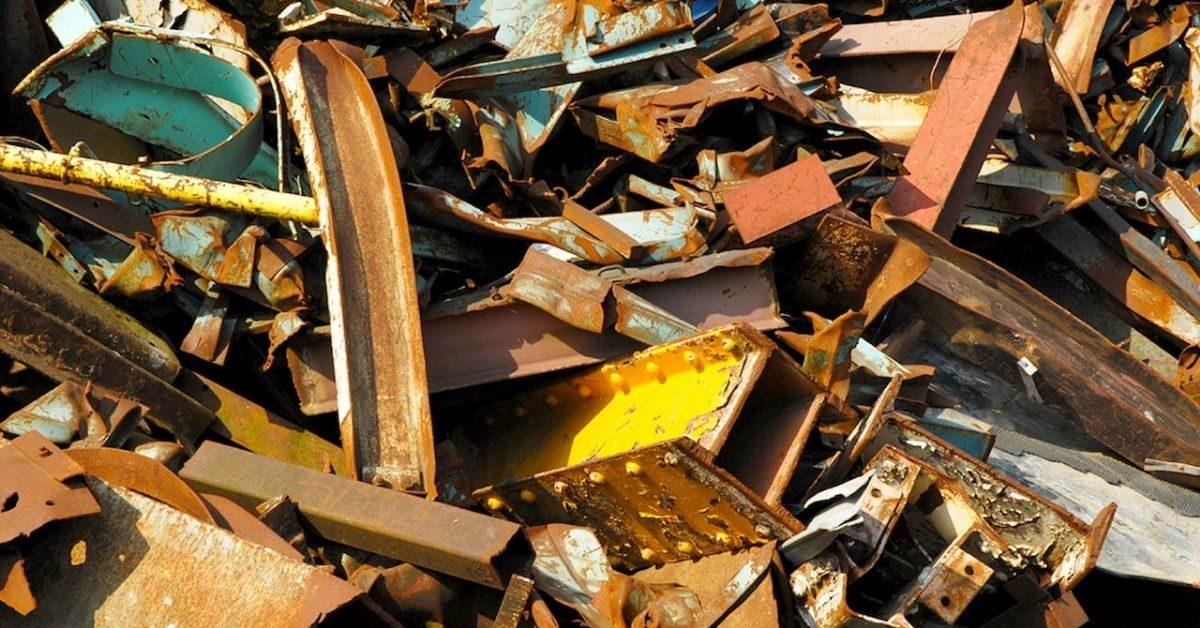The Director General of Foreign Trade (DGFT) has notified the Standard Operating Procedures (SOP) for random checking of imported consignments of metal scrap with respect to radioactive contamination.
“In exercise of powers conferred under paragraph 1.03 and 2.04 of the Foreign Trade Policy (2015-2020), the Director General of Foreign Trade hereby notifies the SOP for random checking of imported consignments of metal scrap with respect to radioactive contamination as enclosed in the Annexure to this Public Notice,” the DGFT notified.
This shall come into force from November 15, 2021.
As per the SOP, no container without a certificate issued by a Pre-Shipment Inspection Agency (PSIA), should be allowed to be unloaded and be sent back to country of origin subject to provisions contained in Public Notice No.23 dated 30th June, 2015.
The container(s) may be available / present on board, in port premises, at Container Freight Station (CFS) or at Inland Container Depot (ICD).
As a part of normal work practice of Indian Customs, various activities like checking of the seal, serial number of the container, material description etc, as list in the manifest should be carried out.
If the conditions mentioned at Para 2 above, are found to be satisfactory, check for copy of agreement between importer (purchaser) and exporter (from foreign country) that the consignment does not contain radioactive material.
“Measure the background radiation levels at the location where the container is placed. It should be kept in mind that the background radiation level varies from place to place and it normally ranges from 0.04 μSv/h to 0.1 μSv/h (micro Sievert per hour). However, the background radiation levels at certain regions of the world may be more than 0.1 μSv/h,” the SOP added.
Measure the radiation levels on the surface of the container by using the hand held radiation monitor, with a preset alarm level. The preset alarm level should be 0.2 μSv/h above background radiation level at the location of measurement. The measured radiation levels should not exceed the preset alarm level.
Also, verify the measured radiation levels with that mentioned in the certificate issued by PSIA or Self Declaration cum Legal Undertaking (as per DGFT Public Notice No.23/2015-2020 dated 30.06.2015). If the radiation levels are mentioned in an ambiguous manner, then inform DGFT.
In case any container is found showing radiation levels exceeding the preset alarm level, it should be immediately subjected to identification of source of radiation with an Isotope Identifier (a handheld RDE can identify the specific radionuclide emitting the radiation).
If the source of radiation is identified as a Naturally Occurring Radioactive Material (NORM), the container may be considered as clean, and free to depart the measurement / monitoring area.
Source : Taxs Can






